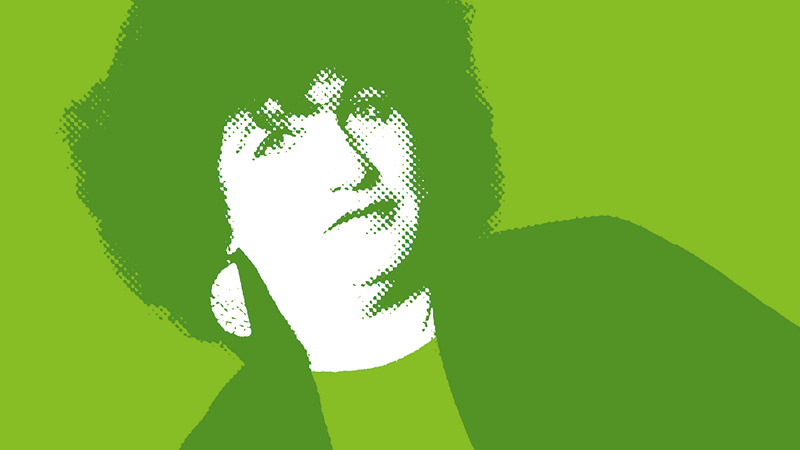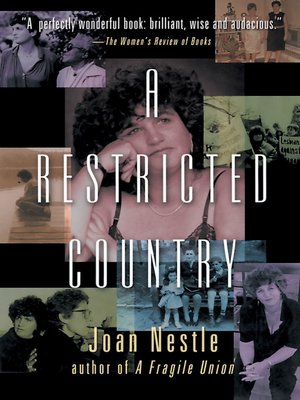


When I passed from the straight to lesbian and queer world, Joan’s writing helped me find a new kind of freedom, a freedom that allowed me to feel within my own skin when I put on short dresses, V-neck sweaters, and made up my face with heavy eyeliner and lipstick. My own eighties’ feminist experience was loaded with a uniformity in dress, style, and politically correct fucking that inadvertently took away my right to sexiness and liberated sex. Joan Nestle’s writing showed me how to exit the kind of feminism that could not see this, without losing my politics. Working from the margins, or “history from below,” Nestle is a shape-shifting storyteller who gracefully reminds us of “what we are in danger of forgetting” (p. Our work is to learn how to tell what’s missing and amplify those voices that have been too readily suppressed. Her words beck- on us to pay attention to how narratives of desire, power, and justice are told-or not. She guides us through the heritage of solidarity building between social movements. She shares her methods for collecting archives, recording history, and commemorating places, events, and those people we need to listen to if we want to build a more just world.

Besides taking us through bars and streets to all that steamy sex, Joan gifts us a political and scholarly heritage. A lover of words, even as language fails, Joan Nestle finds enough space for flesh to speak. Every time I read her erotica (or is porn the better word?), I relive the joy of legs spreading and lips parting, of feeling hot and getting wet, of bodies opening, holding on, and letting go. If you hook up with her here, she’ll also touch you. While Naarm/Melbourne became the most locked down city in the world during the COVID-19 pandemic, I went to bed with Joan Nestle several nights a week. Excerpt from the Foreword by Carolyn D’Cruz to A Sturdy Yes of a People: Selected Writing by Joan Nestle


 0 kommentar(er)
0 kommentar(er)
